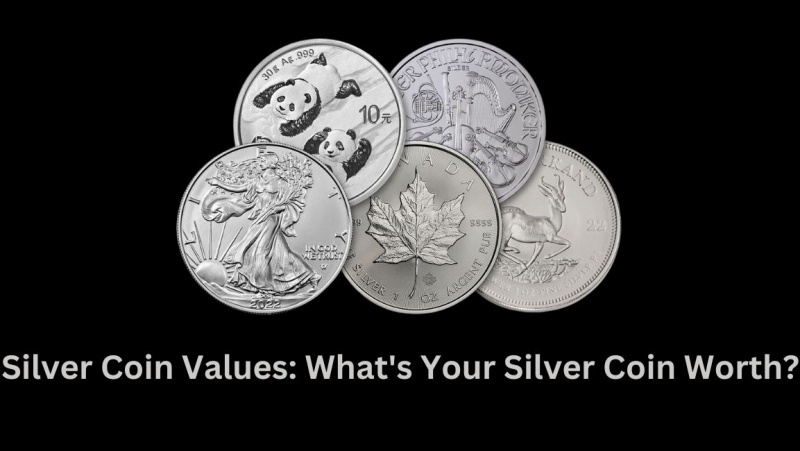Gold and Silver Prices: Where and Why
Gold and silver prices fluctuate with market and investor mood. Gold is priced at $2500 an ounce in early 2021, up 20% from a year earlier. Presently, in 2024 it’s CA$2,935.30 per ounce.
Demand for gold as a hedge against inflation and financial volatility has raised prices. Gold output was also impacted by COVID-19 mine closures. At $33 an ounce, silver prices are roughly twice previous lows.
Silver prices are vulnerable to economic development due to its vast industrial application in solar panels and electronics. Silver demand and prices are growing as the economy improves.
What’s next? Gold and silver may climb if inflation rises or markets fall, but a strong economic rebound may reduce investor interest in precious metals as a shelter. Expect pricing fluctuations. Invest in gold or silver for the long term, not speculation. Even when prices aren’t rising, precious metals have proven a good diversifier and inflation hedge.
Comparison of Gold and Silver Investments
Gold—Safe Haven
Gold is a “safe-haven” investment during market or political instability. When other investments fall, its price rises. Gold is a long-term inflation hedge. Gold is fickle, but its price has risen gradually over decades.
Gold has more liquidity in key markets than other precious metals, making it simpler to trade. You can buy gold bars, coins, ETFs, futures, options, or mining stocks.
Silver: Riskier but Higher Returns
Silver is more volatile than gold, so it may drop more violently or rise more. As an industrial metal, silver’s price relies on supply and demand. Industry uses 50% of silver, mostly electronics and solar panels. Silver prices may rise with economic development.
Silver is cheaper per ounce than gold, so small investors may benefit. Silver bars, coins, ETFs, futures, and mining stocks are available. Silver is riskier than gold but may yield larger rewards.
To balance safety and growth, some investors hold gold and silver.
FAQ: Decoding Precious Metal Prices
Q1. Why are gold and silver prices volatile?
Market emotion, geopolitical events, supply and demand, and the U.S. currency affect precious metals prices, making them volatile. Investors flock to gold and silver during market or political turmoil, sending prices higher. As the economy and markets improve, precious metals become less of a “safe-haven” and their values fall.
Q2. How do gold and silver prices relate?
Investors acquire gold and silver for similar reasons; therefore, their prices are tightly tied. Silver is used in industry, while gold is a more solid store of value. Economic variables like industrial demand can cause silver prices to increase or decrease more than gold. Long-term, gold and silver tend to move together.
Q3. Precious metals: excellent investments?
Diversify and hedge against market volatility and inflation using precious metals. Long-term, they underperform the stock market. Only 5-10% of your investments should include gold and silver. Purchase when prices drop for the greatest deal. Consider mining equities, ETFs, and mutual funds in addition to bullion.






